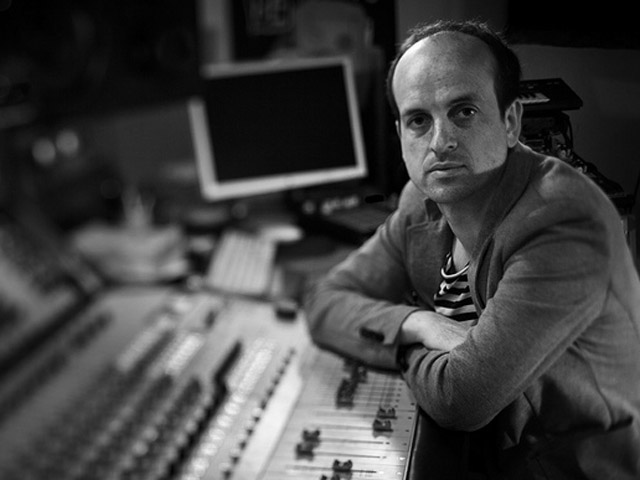Review of The End of Silence Album by Matthew Herbert
Possibly the hardest thing to comprehend about The End of Silence is its sheer scale; three tracks, the longest of which is more than twenty four minutes long, an avant-garde concept which centres around recreating man's most primal emotions when faced with extreme personal danger - an almost horizonless point of view which is, at times, extremely grim. That it exists at all is testament to Matthew Herbert's mission to carve new shapes into the face of what people classify as music, labelling it challenging listening is possibly the understatement of the year.

Herbert has existed in the gauzy hinterland between noise and art for many years now, his recently released 130 track retrospective Complete being ironically not so, merely a dossier of the recent work released under his own name. No less esoteric than that, The End of Silence is composed entirely from a 10-second recording of war photographer Sebastian Meyer being bombed by Libyan air forces in 2011, "fragmented and atomised" into samples which were then played by members of Herbert's band. It seems obvious at this point to put it to him that it would be far more straightforward to do this using software as opposed to humans: Herbert disagrees, countering with "It's rare to find something that punctures the safe veneer of distance that computers create. By hearing this sound, one is compelled to live inside the moment".
If all of this sounds like an attempt to help shift people's perception through sound, then Herbert is continuing to slide further away from making work which can be easily categorised as entertainment. Although each of the The End of Silence's three parts inevitably explores similar territory, the pulses of white noise, distortion and occasional blasts of war are almost continuously the stuff of nightmares. Whilst this is almost certainly the intention, it doesn't make the listener's journey any easier. This technique of delivering remnants, cut up words and experiences, belongs to the modern hell of Burroughs Naked Lunch, and it's one previously picked over by Throbbing Gristle and the early work of Cabaret Voltaire, both of whom from their skewed 70's Dadaist perspectives viewed aestheticism as the last refuge of the bourgeoisie.
Very clearly The End of Silence is the work of an artist who has his own commentary both on his work and on the broader social context in which it exists. There will be few takers, but those prepared to approach it with the broadest possible mind should at least emerge from the experience acknowledging that there are still people prepared to ignore convention for the sake of total creative freedom. In the 21st century, Matthew Herbert's ilk remains very much close to extinction.
Andy Peterson
Official Site - http://matthewherbert.com



